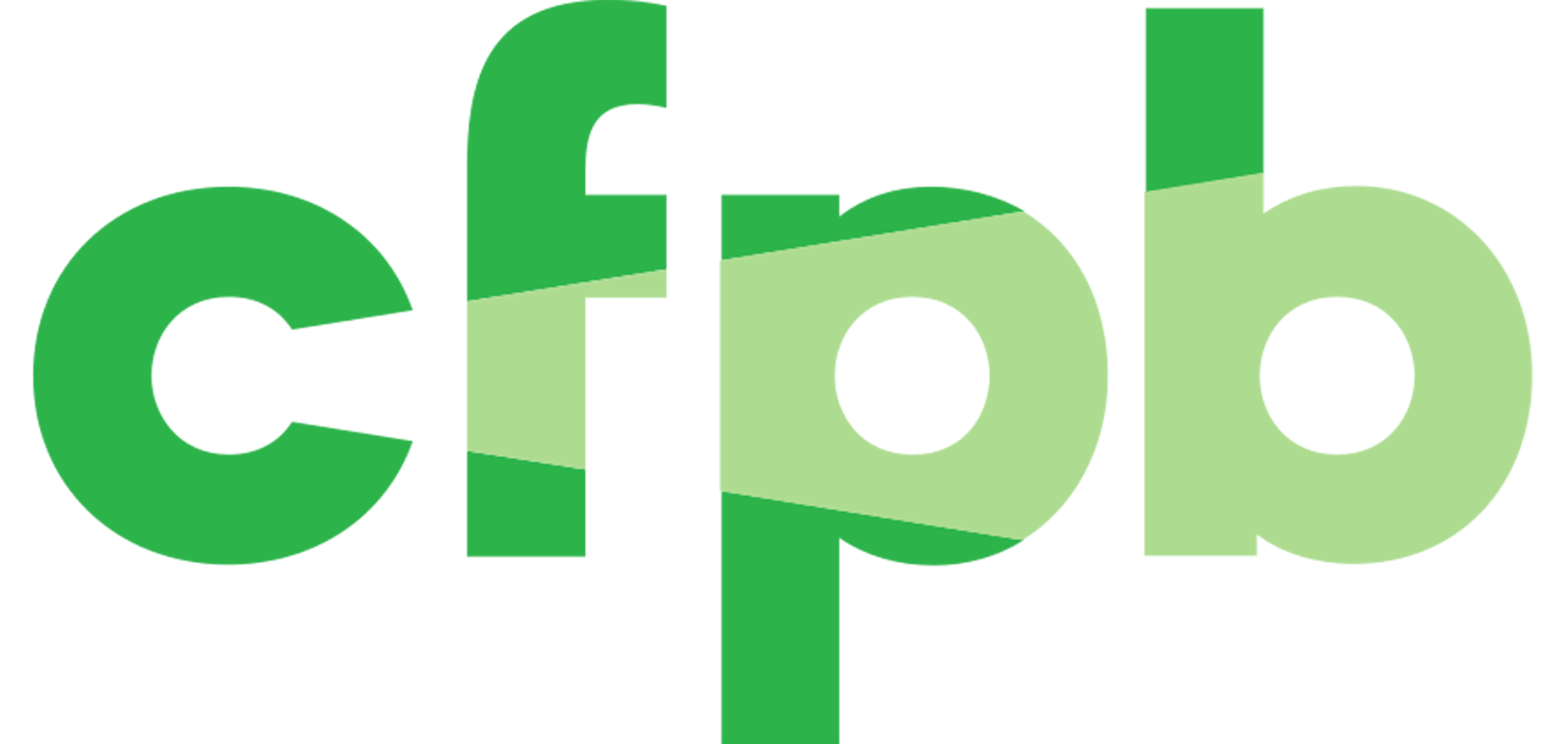Final CFPB Rule Exempts HFAS from Ability-to-Pay Requirements/QM Requirements

Earlier today, the Consumer Financial Protection Bureau (CFPB) released a final concurrent rule that exempts all loans made pursuant to HFA programs from the requirements of the bureau’s Ability-to-Repay/Qualified Mortgage (QM) rule. NCSHA advocated for such an exemption in its comments on the proposed Ability-to-Repay rule and also submitted additional material supporting the exemption to the CFPB as it developed the final concurrent rule. More information on the Ability-to-Repay rule is available in the blog NCSHA posted on it.
The final concurrent rule also includes new language clarifying that this exemption applies to both loans originated directly by HFAs and loans originated by HFAs’ lender partners pursuant to HFA programs. The final rule also makes it clear that all extensions of credit made pursuant to a program administered by an HFA are exempt from the Ability-to-Repay rule, regardless of the funding source used to finance the loans.
CFPB explains that, given HFAs’ strong track record of responsible lending to low- and moderate-income borrowers, forcing them to comply with requirements of the Ability-to-Repay rule would provide little benefit to consumers and might limit lower-income borrowers’ access to affordable home lending. CFPB notes that HFAs already follows strict, responsible underwriting standards, and that “As HFAs extend credit to promote long-term housing stability, rather than for profit, HFAs generally extend credit after performing a complex and lengthy analysis of a consumer’s ability to repay.” CFPB cites the superior performance of several HFAs’ lending portfolios to bolster this view.
The Bureau also expresses concern that the Ability-to-Repay requirements might jeopardize HFAs’ ability to provide low- and moderate-income borrowers with loans that meet their unique credit circumstances, that HFAs may lack the resources needed to comply with the rules, and that private lenders might be less inclined to work with HFA programs if they have to comply with both HFA standards and the Ability-to-Repay requirements.
The final concurrent rule also includes an exemption for loans originated under the Hardest Hit Fund Program (HHF) and other homeownership stabilization programs. NCSHA supported this exemption in its comments on the concurrent rule, noting that applying the Ability-to-Repay rule to HHF would hinder the program’s effectiveness by interfering with HFAs’ underwriting practices and assistance programs under HHF and perhaps discouraging lenders from participating in the program.
Also exempt from the Ability-to-Repay rule are loans originated by certain non-profit lenders; refinancing loans that are eligible to be insured by either the Federal Housing Administration, the U.S. Department of Agriculture, or the U.S. Department of Veterans Affairs; and refinancing loans that are eligible to be purchased by either Fannie Mae or Freddie Mac (this exemption will expire when the firms leave conservatorship).
Lastly, the final concurrent rule would establish a new, distinct definition of qualified mortgage for small lenders. Specifically, the rule would allow loans where the borrower’s debt-to-income ratio is higher than 43 percent (the limit in the final QM rule) to be considered qualified mortgages as long as the lenders follow the other Ability-to-Repay guidelines. Small lenders would also be able to charge a higher annual percentage rate on a primary mortgage and still receive a legal “safe harbor” protection. The final concurrent rule defines small lenders are those with assets of less than $2 billion who originated 500 or fewer loans in the previous year. Only those loans that the lenders hold in portfolio will qualify for the exemption.
The final rule takes effect on January 10, 2014. For more information, please contact NCSHA.

